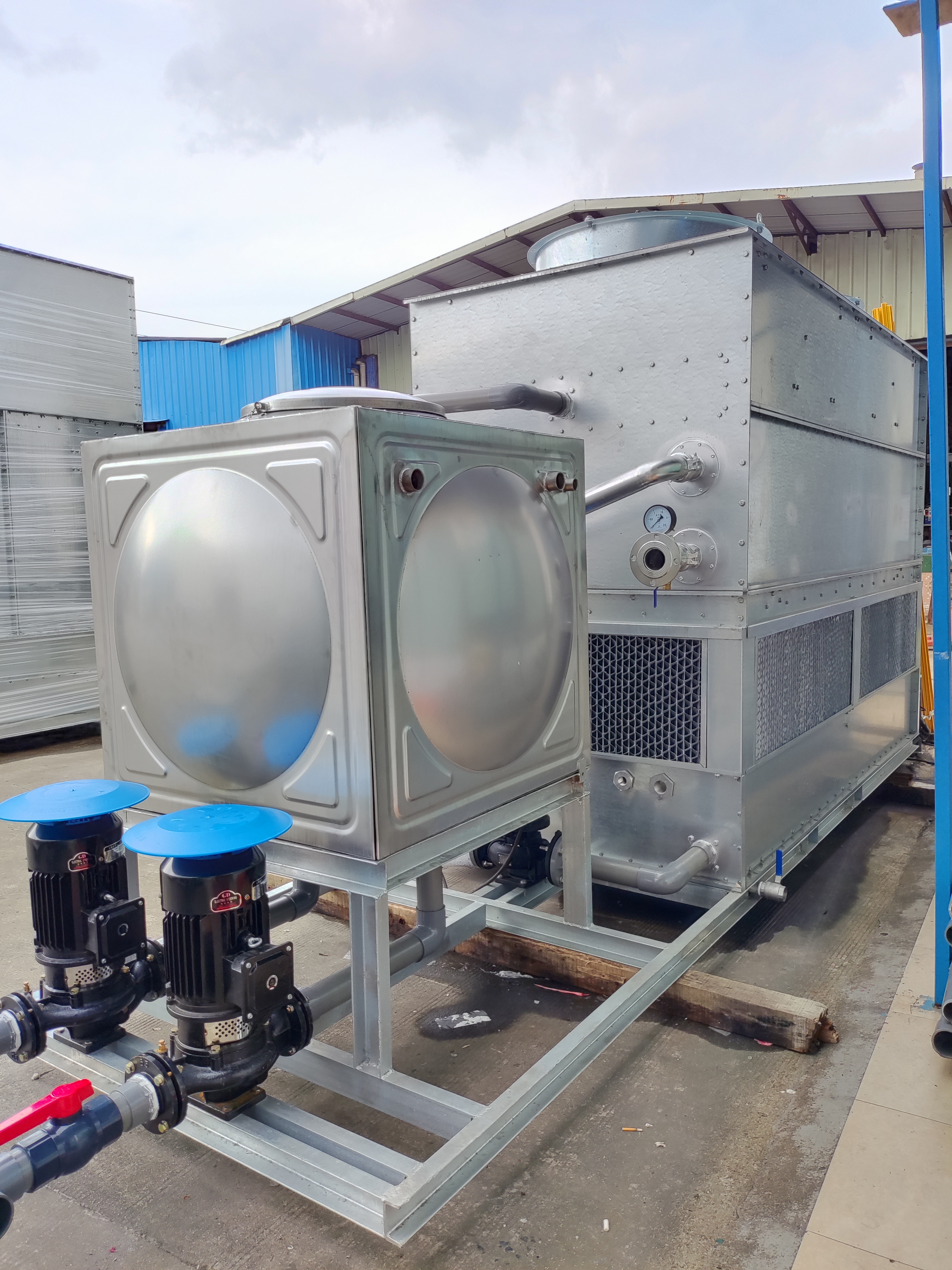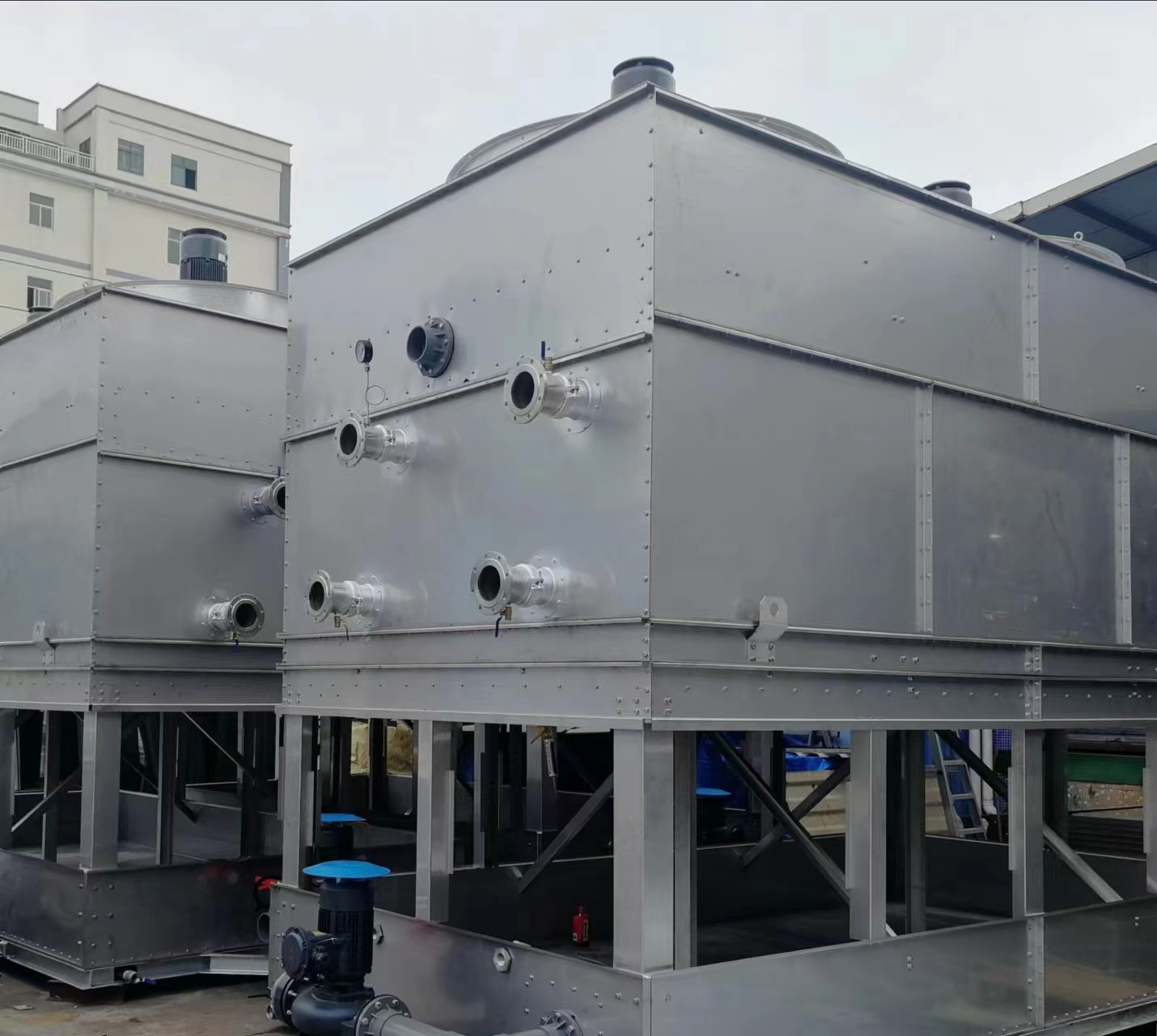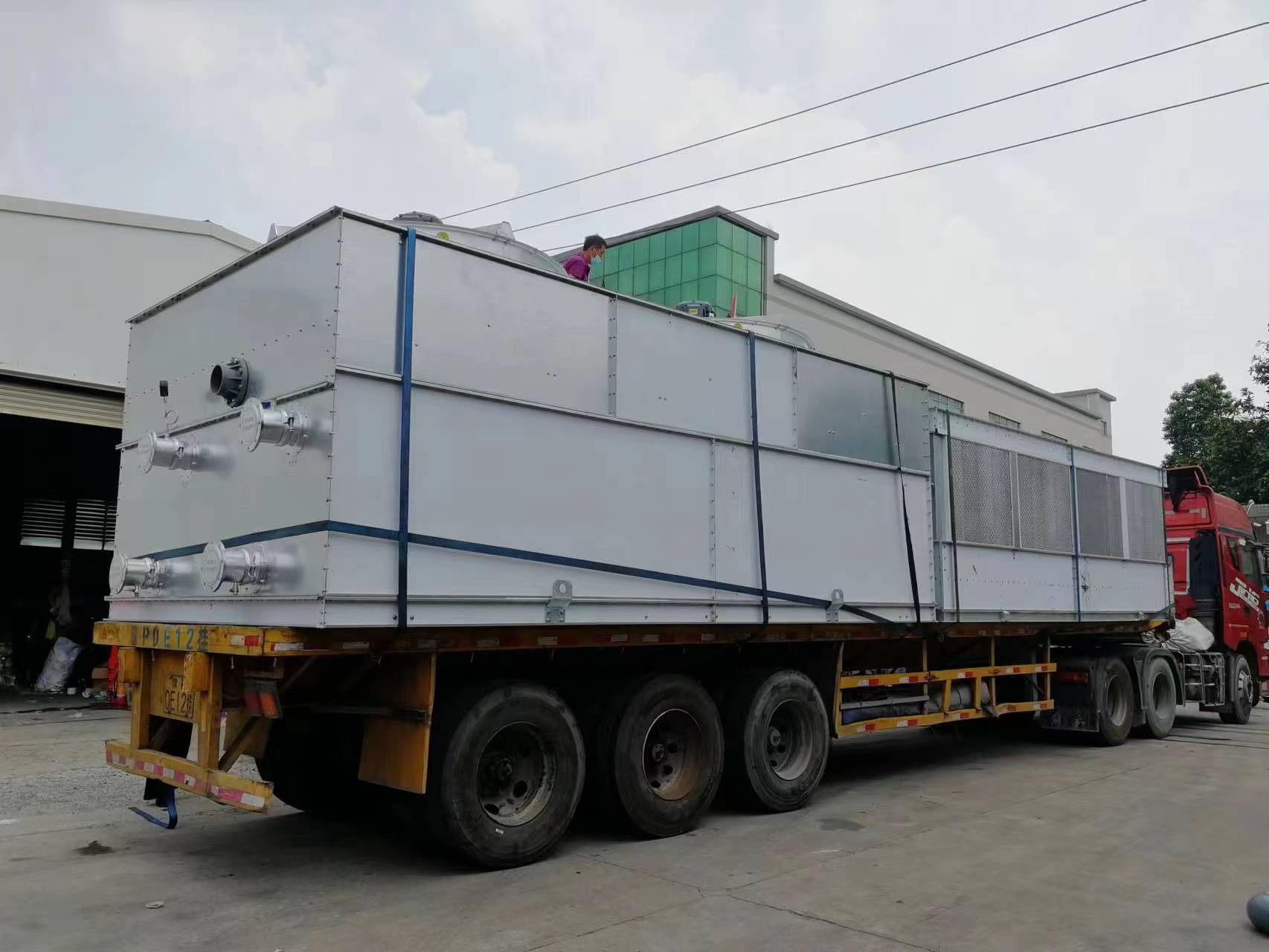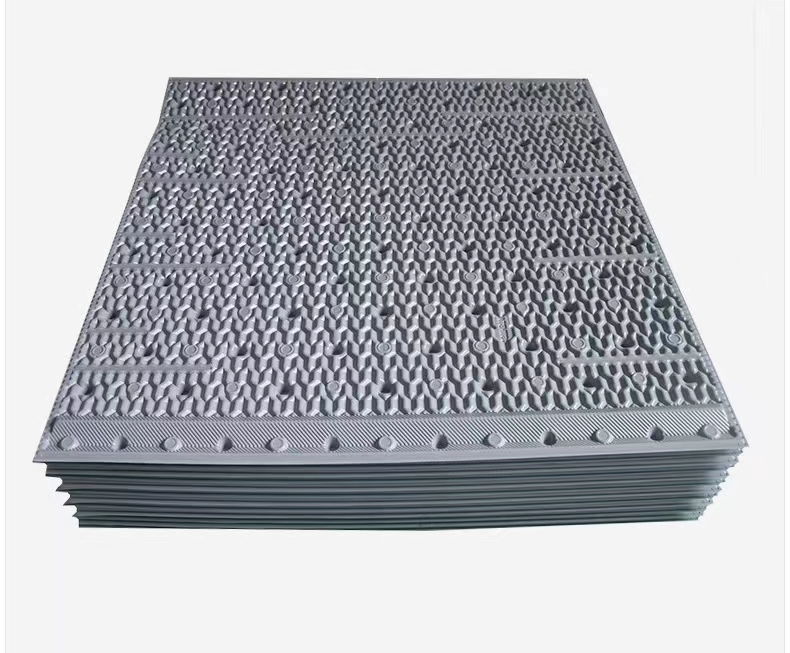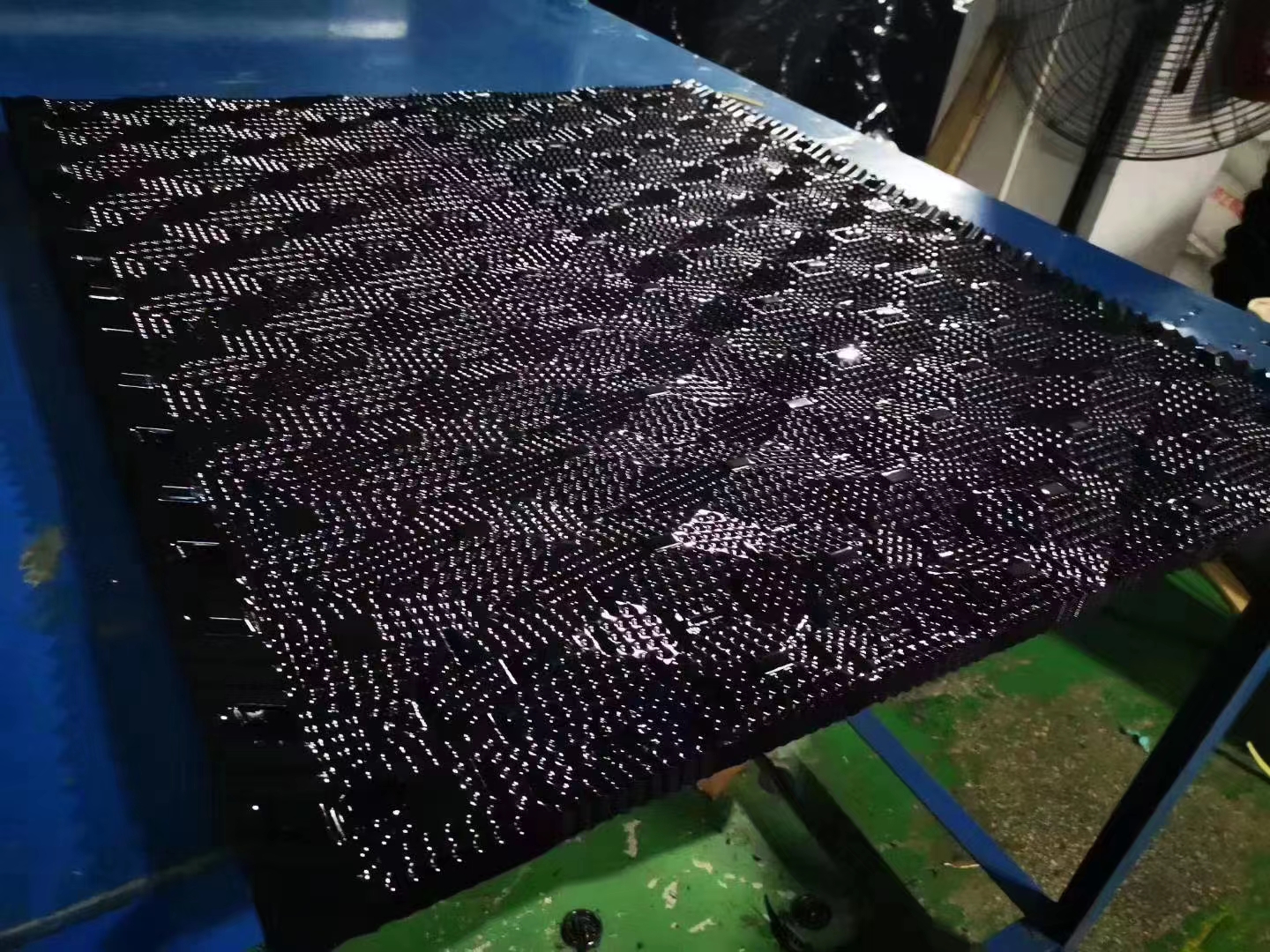1,The closed cooling tower is a deformation and development of the traditional cooling tower. It is actually a combination of an evaporative cooling tower, a cooler and a wet cooling tower. It is a horizontal evaporative cooling tower. The process fluid flows through the tube and the air flows outside the tube without contacting each other. After the water in the reservoir at the bottom of the tower is extracted by the circulating pump, it is sent to the outside of the pipe to be sprayed evenly. It is not in contact with process fluid hot water or refrigerant and air outside the tube, and it becomes a closed cooling tower, which enhances the heat and mass transfer effect by spraying water.
2. The closed cooling tower is suitable for various cooling systems that require high circulating water quality, and has application prospects in electric power, chemical industry, steel, food and many industrial sectors. On the other hand, compared with the air-cooled heat exchanger, the evaporative cooling tower utilizes the latent heat of evaporation of the water on the lower side of the tube to significantly enhance the heat and mass transfer on the air side, which also has obvious advantages.
The closed cooling tower (also called evaporative air cooler) places the tubular heat exchanger in the tower, and ensures the cooling effect through the heat exchange of circulating air, spray water and circulating water. Because it is a closed cycle, it can ensure that the water quality is not polluted, well protect the efficient operation of the main equipment, and improve the service life. When the outside temperature is low, the sprinkler system can be stopped to save water. Pushing the implementation of the national energy conservation and emission reduction policy and the increasing scarcity of water resources, closed cooling towers have been widely used in industries such as iron and steel metallurgy, power electronics, machining, and air conditioning systems. The winter temperature in the northern region is usually below zero, and the problem of antifreeze in the operation of closed cooling towers is becoming more and more prominent. According to different process characteristics, some closed cooling towers run all day in winter, some run part time, and some hardly use. But all need to consider the problem of antifreeze.
If the closed cooling tower does not need to be operated in winter, the spray water and internal circulating water must be drained when it is shut down. Closed cooling tower, also known as closed cooling tower, evaporative cooler.
